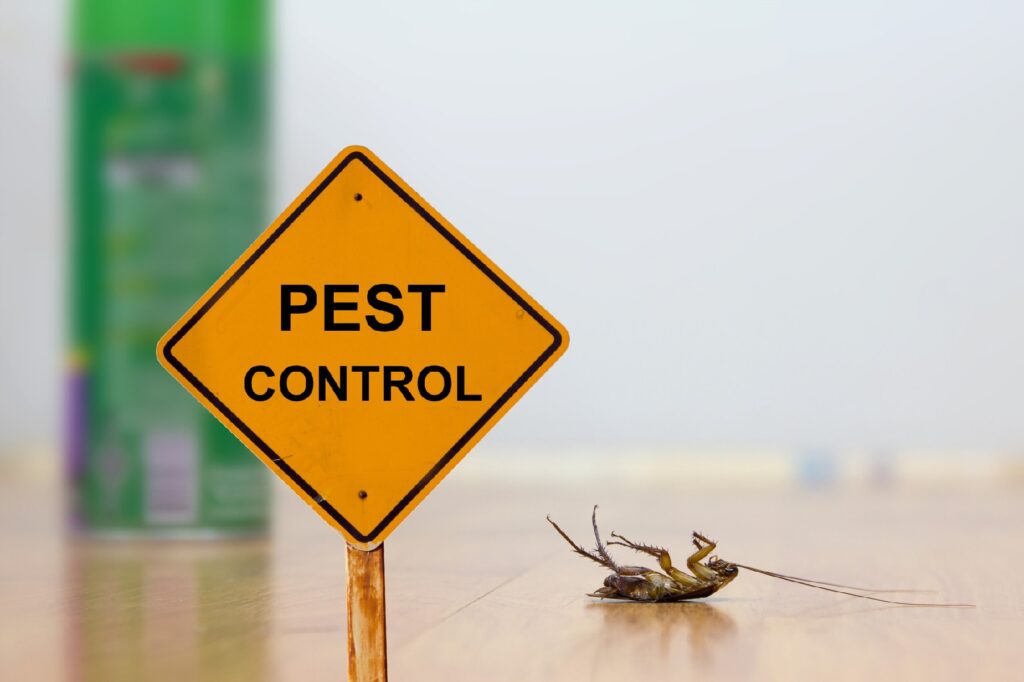A1 Pest Control Charlotte NC Bed Bugs - Expert Extermination Services
Wiki Article
Bed Insect Therapy Breakdown: Comparing Chemical Vs. Non-Chemical Solutions
In the realm of insect control, specifically when managing the persistent problem of bed insects, the choice between chemical and non-chemical therapy remedies can be a critical one. Both strategies offer unique benefits and downsides, influencing aspects such as performance, safety and security factors to consider, and overall cost. By analyzing the nuanced details of each method, a more clear understanding of which course to go after in dealing with a bed bug infestation can be attained.Performance of Chemical Therapies
Chemical therapies for bed pest infestations have actually been extensively acknowledged for their quick and powerful efficacy in removing these insects. When thinking about the efficiency of chemical treatments, it is critical to understand that they can supply a detailed and quick option to a bed insect issue.In addition, chemical therapies have the advantage of using residual effects, indicating that they can remain to remove bed bugs even after the initial application. This recurring action is especially helpful in combating any kind of possible re-infestations. In addition, the rapid action of chemical therapies can bring relief to people facing extreme bed pest infestations, permitting them to reclaim control of their living areas quickly.
Safety And Security Interest In Chemical Solutions
One vital facet that calls for mindful factor to consider when using chemical options for bed insect treatment is making sure the safety and security of occupants and the atmosphere. Exposure to certain chemicals made use of in bed pest treatments can lead to respiratory issues, skin irritation, or various other damaging reactions, specifically in people with pre-existing conditions or sensitivities.Moreover, the ecological influence of chemical remedies is an additional substantial consideration. Some pesticides used in bed bug treatments might be harmful to advantageous insects, wildlife, and communities if they leach right into the soil or water systems. It is vital to utilize chemical treatments deliberately, complying with safety standards, and considering less poisonous options to mitigate these threats and make certain the secure and efficient monitoring of bed bug invasions.
Benefits of Non-Chemical Strategies
Thinking about the potential security issues and environmental influence connected with chemical remedies for bed insect therapy, checking out non-chemical approaches provides a promising option with numerous distinctive advantages. Non-chemical approaches supply a more secure alternative for homes, specifically those with individuals, pet dogs, or children conscious extreme chemicals. These approaches get rid of the threats of direct exposure to harmful materials, decreasing the possibility for unfavorable wellness effects. In addition, non-chemical treatments are environmentally pleasant, as they do not add to air or water air pollution, making them a sustainable selection for insect control.Additionally, non-chemical services can be efficient in targeting bed bugs, consisting of hard-to-reach locations where chemical therapies may not permeate - A1 pest control charlotte nc bed bugs. Methods such as warm treatment, vacuuming, vapor cleaning, and bed mattress coverings give comprehensive elimination without the use of dangerous chemicals.
Limitations of Non-Chemical Treatments

Furthermore, non-chemical therapies usually call for numerous applications to attain effective removal. This can be taxing and might not constantly ensure total elimination of all bed pests and their eggs, especially in concealed or hard-to-reach locations.
Moreover, the success of non-chemical treatments greatly depends on proper application and thoroughness, which can be challenging for individuals without expert expertise. Inadequate application of non-chemical approaches might lead to incomplete eradication, causing consistent infestations and the demand for additional treatments.
Therefore, while non-chemical therapies have their benefits, it is important to recognize these limitations and consider them when identifying one of the most effective strategy for handling bed bug invasions.
Cost Comparison: Chemical Vs. Non-Chemical Options
Provided the limitations connected with non-chemical therapies, an important aspect to assess in the context of bed bug administration is the cost comparison in between chemical and non-chemical options. In comparison, non-chemical treatments like warm therapy or steam can be a lot more expensive, with costs ranging from $1,000 to $6,000 for an entire home. While the first expense of chemical treatments may appear reduced, several treatments might be called for to fully eliminate the infestation, potentially raising A1 bed bug exterminator charlotte the total price.Final Thought

Thinking about the prospective safety problems and ecological effect linked with chemical services for bed insect treatment, discovering non-chemical methods provides an appealing choice with a number of distinct advantages.Provided the constraints connected with non-chemical treatments, a vital aspect to assess in the context of bed pest management is the cost contrast between chemical and non-chemical options. In contrast, non-chemical treatments like heat treatment or steam can be more costly, with expenses ranging from $1,000 to $6,000 for an entire home. While the preliminary price of chemical therapies may appear lower, several therapies might be needed to totally eliminate the infestation, potentially raising the overall expense.In conclusion, when contrasting chemical and non-chemical bed bug treatment alternatives, it is crucial to consider efficiency, safety and security, benefits, limitations, and price.
Report this wiki page